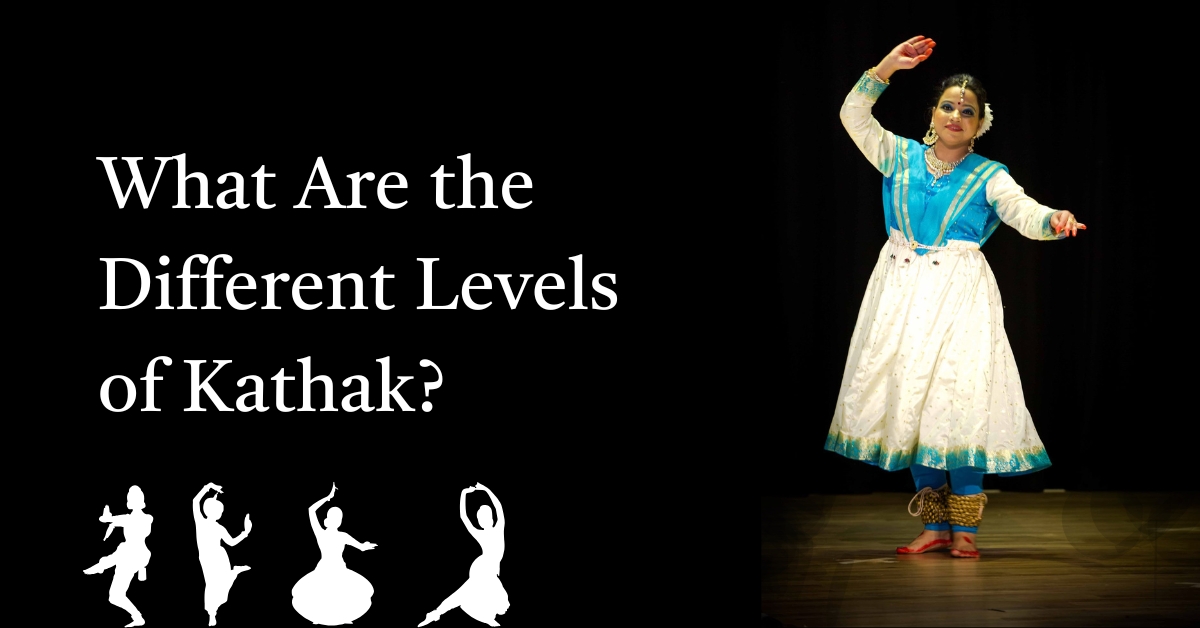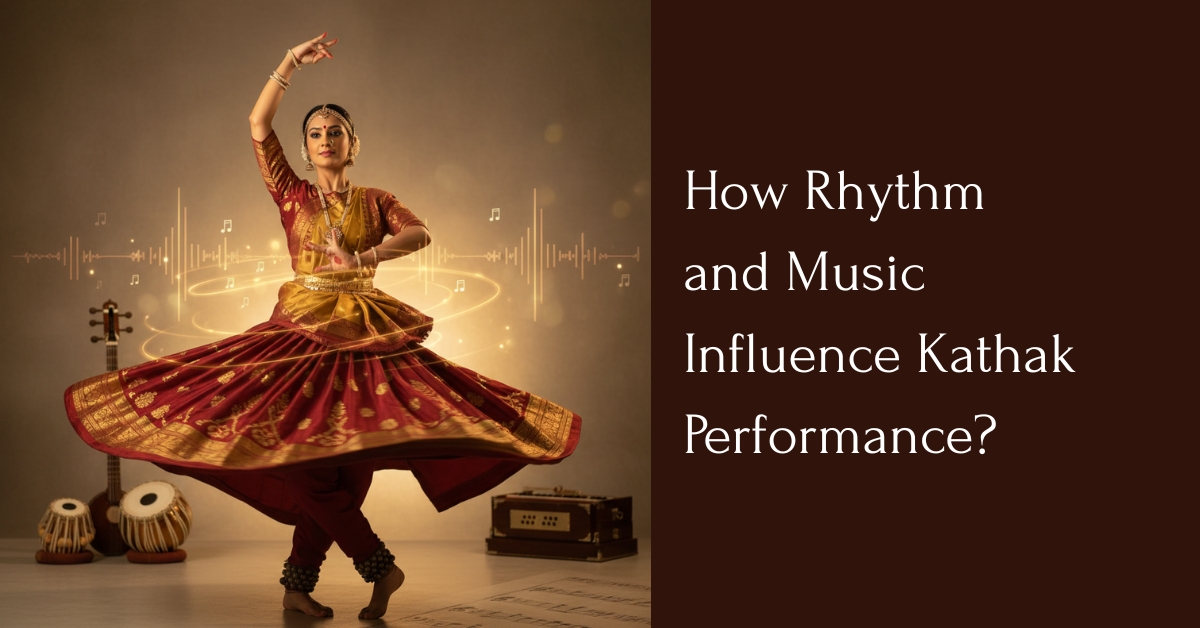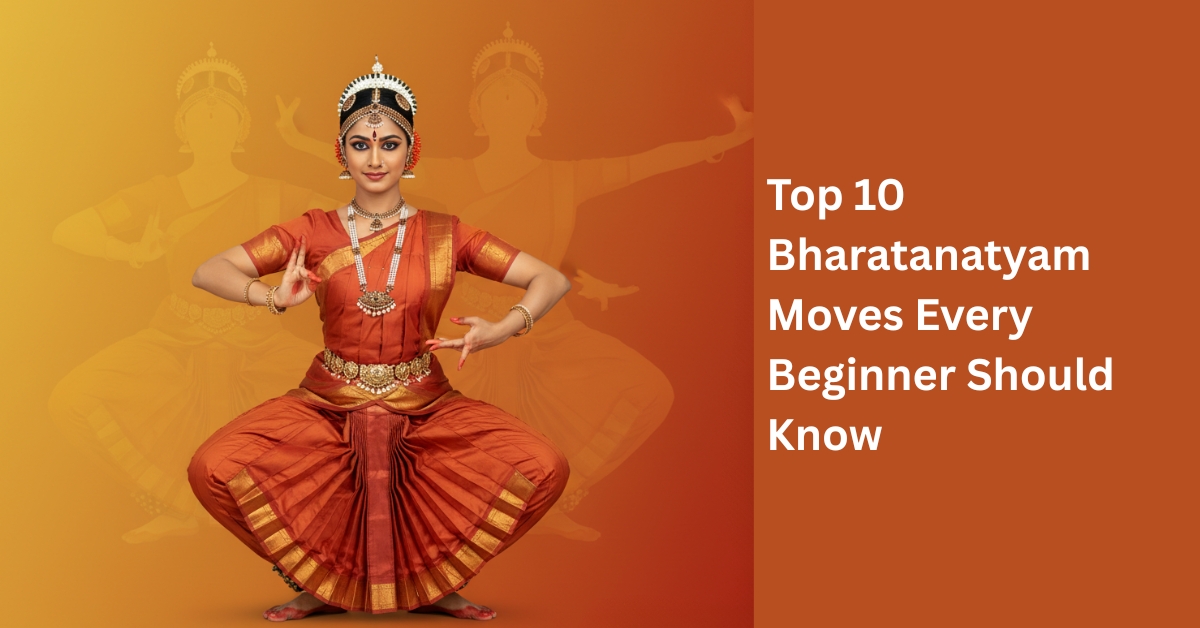What Are the Different Levels of Kathak?
Kathak is one of the eight classical dance forms of India, originating from the storytelling traditions of North India. The word “Kathak” is derived from the Sanskrit word Katha, meaning “story,” and Kathakar, meaning “storyteller.” Over centuries, it evolved into a sophisticated dance form characterized by intricate footwork, graceful movements, and expressive storytelling. Today, Kathak is structured into different levels of learning, which allow students to develop their skills progressively.
In this blog, we will explore the different levels of Kathak, from beginner to advanced, and the key aspects covered at each stage.
Understanding the Levels of Kathak
Kathak training is typically divided into structured levels, following a curriculum set by renowned dance institutions such as the Kathak Kendra in Delhi, Prayag Sangeet Samiti, Gandharva Mahavidyalaya, and Akhil Bharatiya Gandharva Mahavidyalaya. While the specifics may vary, most training programs follow a graded approach:
- Beginner Level (Prarambhik)
- Intermediate Level (Madhyama)
- Advanced Level (Visharad)
- Expert Level (Praveen and Acharya)
Each level builds upon the previous one, ensuring that dancers gradually develop their technical prowess, rhythm sense, and storytelling abilities.
1. Beginner Level (Prarambhik)
At the beginner level, students are introduced to the fundamental elements of Kathak. This stage focuses on understanding the basic posture, movements, and rhythm.
Key Elements Covered:
- Tatkar (Footwork): Introduction to basic footwork patterns, usually performed in Teentaal (16-beat cycle).
- Hastak (Hand Movements): Simple hand gestures used for expression.
- Chakkars (Pirouettes): Learning basic spins, which are a signature element of Kathak.
- Mudra (Hand Gestures): Basic symbolic hand gestures used for storytelling.
- Taal (Rhythmic Cycles): Introduction to foundational taals like Teentaal, Jhaptaal, and Ektaal.
- Padhant (Recitation): Verbal recitation of bols (syllables) before performing.
At this stage, students also learn short compositions such as Toda, Tukda, and Tihaai, which are small rhythmic patterns performed in sync with tabla beats.
2. Intermediate Level (Madhyama)
Once students grasp the basics, they move on to the intermediate level, where their understanding of rhythm, movement, and expression deepens. The complexity of the footwork, spins, and compositions increases significantly.
Key Elements Covered:
- Advanced Tatkar: Faster and more intricate footwork sequences with different speeds (layas).
- More Complex Chakkars: Single, double, and multiple turns with precise control.
- Expanded Taal Knowledge: Learning additional rhythmic cycles like Dhamar, Rupak, and Jhaptaal.
- Bandish (Compositions): Introduction to structured compositions such as Paran, Amad, and Kavit (poetic compositions).
- Expression (Bhav and Abhinaya): Learning Gat Nikas, which involves graceful walking patterns and expressions.
- Jugalbandi: Playful rhythmic interactions between the dancer and the tabla artist.
At this level, students also start performing Nritya (expressive dance) along with Nritta (pure dance). They begin incorporating emotions and facial expressions to tell stories through dance.
3. Advanced Level (Visharad)
The advanced level is where Kathak dancers refine their techniques and gain a deeper understanding of the art form. By this stage, students are expected to have complete control over rhythm, expression, and movement.
Key Elements Covered:
- Layakari (Rhythmic Play): Mastering slow (Vilambit), medium (Madhya), and fast (Drut) tempos.
- Padhant Expertise: Precise recitation of bols with complex rhythmic patterns.
- Gat Bhav: Depicting mythological stories through expressive movements.
- More Complex Compositions: Learning advanced Parans, Ladi, and Tihaais.
- Fusion of Bhav and Nritta: Blending technical and expressive elements seamlessly.
- Tandav and Lasya: Balancing masculine (Tandav) and feminine (Lasya) aspects of Kathak.
By this stage, dancers are also introduced to solo performances, where they present an entire repertoire, including Nritta, Nritya, and Natya (dramatic storytelling).
4. Expert Level (Praveen and Acharya)
At the expert level, Kathak is no longer just a dance form—it becomes a mode of self-expression and storytelling. Dancers at this level are often professionals or dedicated students pursuing a career in Kathak.
Key Elements Covered:
- Deep Understanding of Taal and Layakari: Ability to improvise complex rhythmic patterns.
- Innovative Choreography: Creating original compositions and exploring new styles.
- Advanced Abhinaya (Expression): Mastering emotional depth and storytelling through dance.
- Performance and Stage Presence: Refining stage presentation and audience engagement.
- Lecture Demonstrations: Explaining the theoretical aspects of Kathak while performing.
- Guru-Shishya Parampara (Teacher-Student Tradition): Preparing to become a teacher or mentor in the Kathak lineage.
At this level, dancers are capable of performing at prestigious festivals, collaborating with musicians, and even training future Kathak students. Some go on to pursue research in Kathak and contribute to its evolution.
Additional Aspects of Kathak Training
Besides the structured levels, Kathak also involves:
1. Theoretical Knowledge
Students learn about the history of Kathak, its evolution, and different Gharanas (schools) like Lucknow, Jaipur, and Banaras.
2. Improvisation and Creativity
Advanced dancers learn how to improvise within the given rhythmic framework, a crucial aspect of professional Kathak performances.
3. Physical and Mental Discipline
Kathak requires rigorous training, stamina, and mental agility to master its intricate movements and rhythms.
Embark on Your Kathak Journey Today!
Kathak is a journey that unfolds gradually through different levels of learning. From the fundamental footwork of the beginner stage to the artistic mastery of the expert level, each stage refines the dancer’s skills, rhythm, and expressions. Whether pursued as a passion or profession, Kathak offers a profound connection to India’s rich cultural heritage and storytelling traditions.
For aspiring Kathak dancers, consistency, dedication, and guidance from an experienced guru are essential to progressing through these levels. Each stage presents new challenges and rewards, making Kathak a lifelong journey of discovery and artistry.
If you’re in Dubai and ready to dive into this beautiful dance form, explore the best Kathak dance classes near Dubai Marina to start your journey under expert guidance.
Are you interested in learning Kathak? Let us know your thoughts and experiences in the comments below!
Most Recent Posts
Category
Explore Our Services
Join our fun and engaging dance, music, and art classes for all ages!





